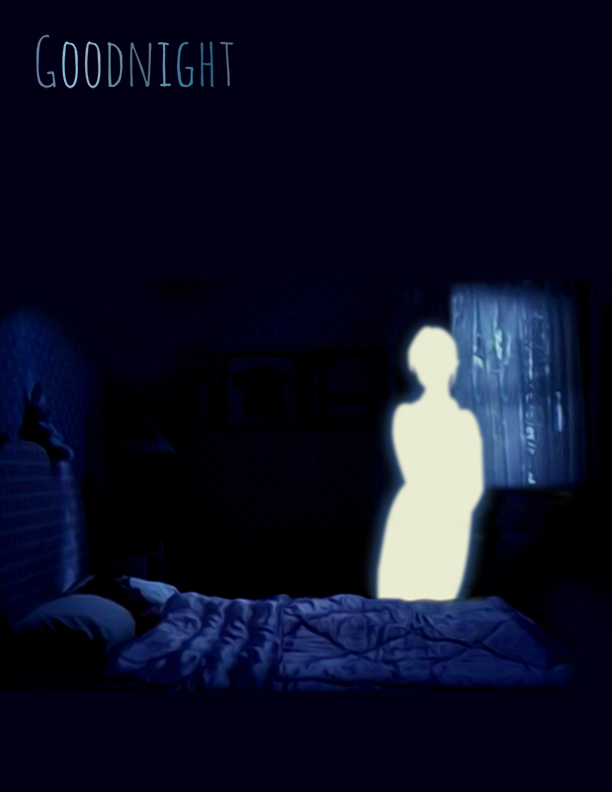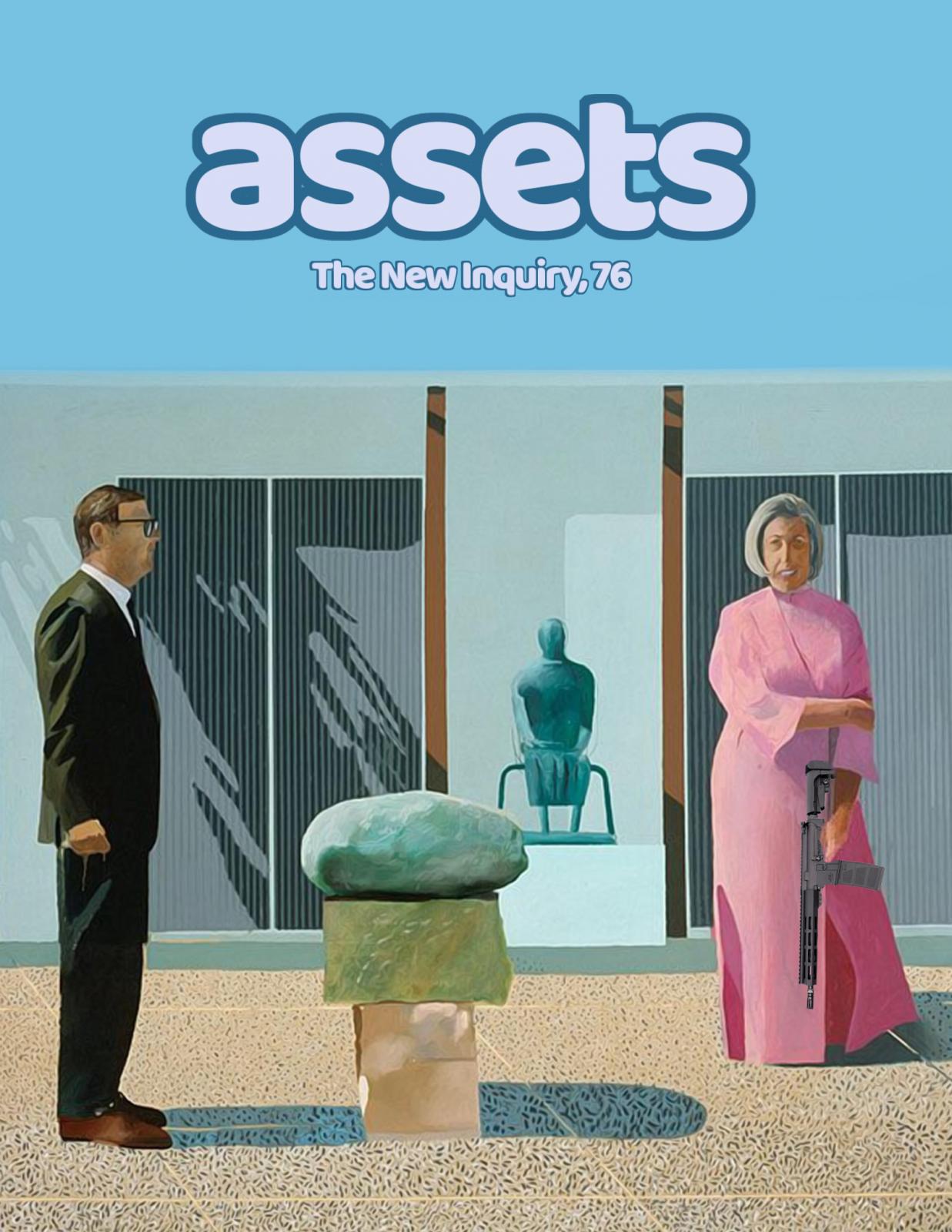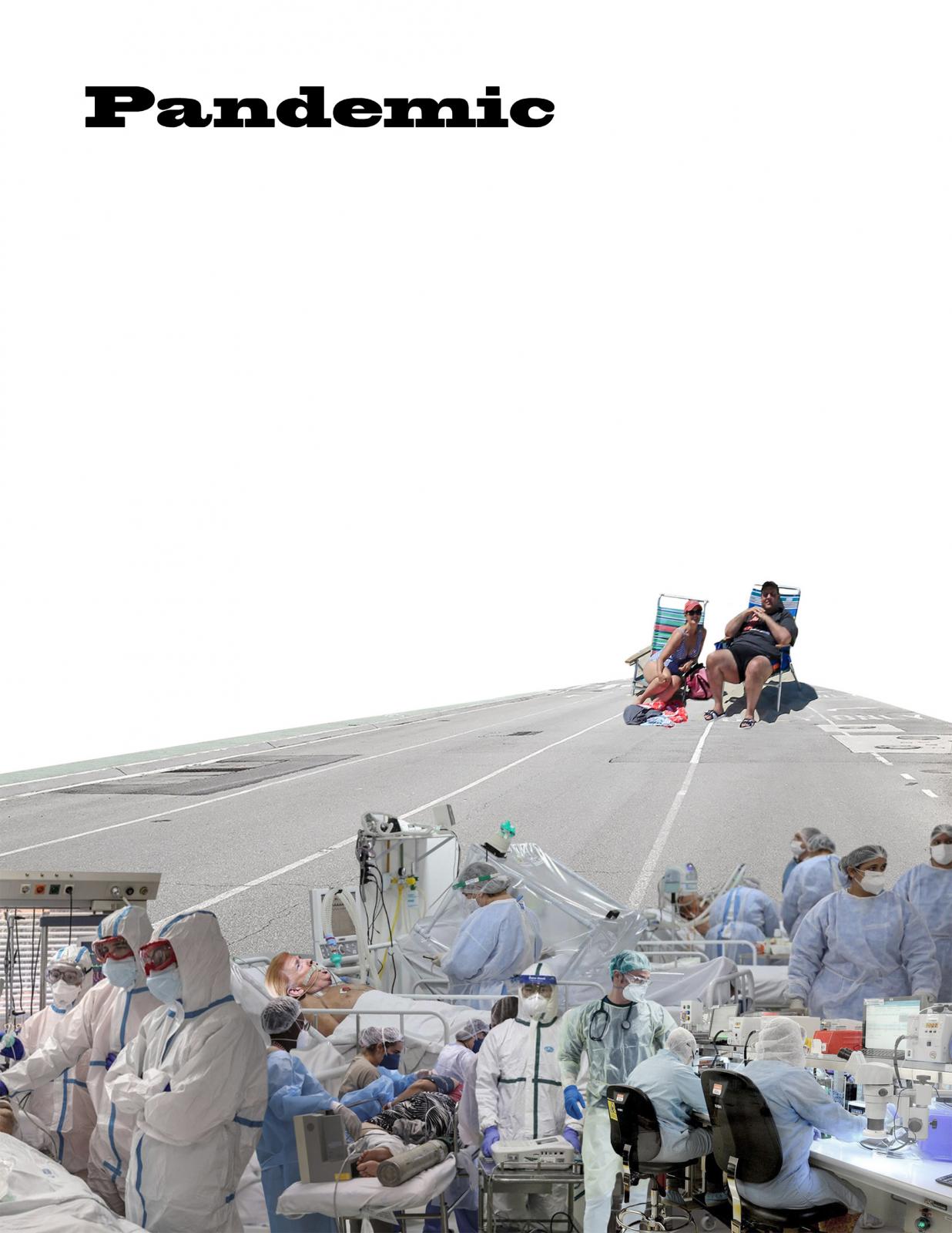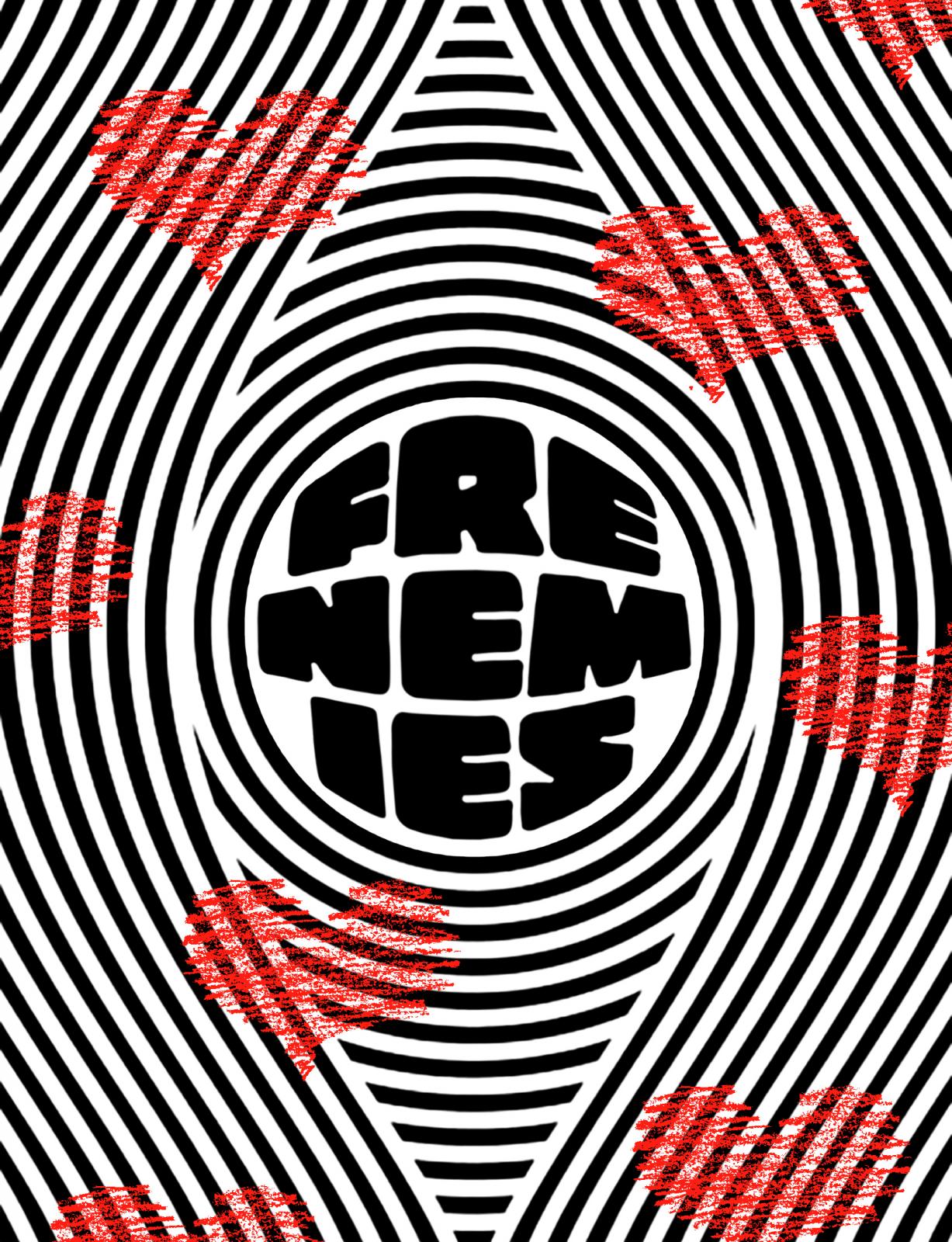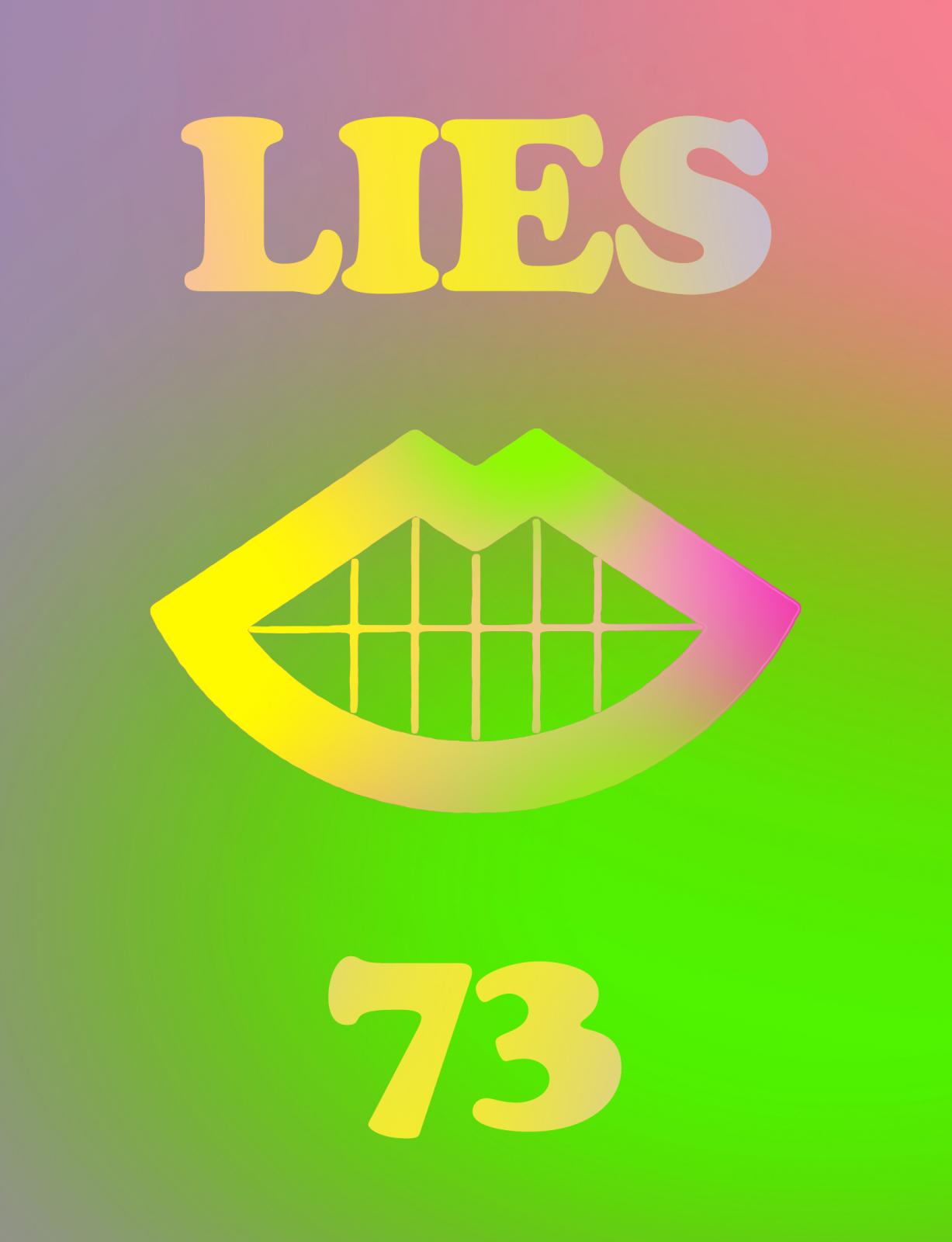Goodnight
Editors' Note
In dreams begin responsibilities, which is why nobody really wants to hear about them. Besides, if you’re after imagery, waking hallucinations from prolonged sleep deprivation are far more vivid. In a world governed by a fantasized dichotomy between conscious control and unconscious disarray, sleep and its traditional home, night, are viewed with suspicion. Targeted for regulation and gradual elimination, the indolent hours are, like labor, necessarily a problem for capital, one that it just can’t seem to shake. How good, you can hear bosses asking, can a night off really be?
But like everything else, looking at the issue from capital’s perspective gets everything precisely backward. Sleep isn’t passivity; it’s an active process requiring preparation and focus, as any insomniac will tell you. Dreaming isn’t a loss of control; it reactivates the perception that waking thought surrenders. Nighttime comes as relief from the day; it’s where we can carry on without the company or demands of the crowded daylight hours. But those same forces creep into the dark, battling for supremacy over our time. Providing cover for delinquency or encouraging it, night, when seen as a technologically mediated product of convention and convenience, seeps into all hours of the day.
A good night is a social process that brings you to the future with greater clarity. It does not necessitate sleep: the same cleansing can take place wide awake in the dead of night. As Teju Cole writes in this latest issue, the half-sleep of an early morning can crack open the unconsciousness of the working day and allow a certain rare access to truth. In those hours, the existence of an “unnamed lake underneath all reality” becomes more believable. Walking us with Derrida from the Dreaming to the atomic bomb, Cole finds “places where the ground, insufficiently firm, can suddenly plunge one through into the subterranean truth of things” in the dead of night.
A bad night is a social process too. Every child suffers nightmares, but in Indonesia, anyone raised before 1998 was deliberately subjected to them as a form of social control. As Soeharto’s New Order government sought to ensure its rule and exorcise its demons lingering after the massacres of 1965–66 that brought it to power, it distributed violent films to elementary schools, propagandizing against its many victims as seditious, hypersexual sadists and communists. The nightmares deployed by the state traumatized multiple generations, and their effects linger on into Indonesia’s young democracy, as an anonymous author writes in “Nightmares of 1965.”
For the street children who acted in Mira Nair’s Salaam Bombay!, public slumber was a way of opposing government control. In 1980s Mumbai, Hindu fundamentalists sought to ethnically cleanse the city, which inevitably meant excluding the majority Muslim homeless population from public space. While risky and somewhat unavoidable, the street kids’ practices of sleeping in public can be seen as a challenge to the government’s attempt at legislating them out of existence, and, as Aaditya Aggarwal argues in “Poor Sleeping Habits,” as a functional claim on their right to the city enacted under their own power, on their own terms.
While governments work to consolidate their hold over their subjects even as they sleep, some people working through the night use it to loosen their hold on their subjectivity. In “The Life and Death of the Graveyard Shift,” Danielle King reflects on the liminal state of late-night fast-food work, which allowed a kind of pretenseless stranger intimacy between customers and night-shift workers at the McDonald’s where she worked. As automation aims directly for her and her co-workers, she reflects on what might be lost.
The fantasy of the CEO who thrives on four hours of sleep may seem like a recent development, aligning neatly with lean production and the vogue for disruptive body hacks. But as Eman Shahata argues in “The Clock Inside Us,” the effort to tame the body of its unprofitable tendency to require sleep began in the 16th century as an effort to moralize “saving time.” The advent of clock time in Europe is a familiar story, but more recent is the idea of the internal clock, which both reflects and masks the way that bodies have become machinic, able to be regulated by standardized systems.
This desire for regulated sleep is on display in the popularity of the smartphone app Sleep Cycle, which Jacqueline Feldman writes about in “Full Brightness.” She meditates on the relation between partnered sleep and privacy, recalling an ex-boyfriend who used the app to bring his unconscious mind under control. “We assume the solitudes of others are less structured than our own,” she writes, which suggests why people gravitate toward machines as faithful watchers and shy away from the complexities of others’ internal experiences.
Machines as inadequate watchers are usually the figures that people arguing against hospitalized death bring out to clinch things. “Do you really want your loved ones going into that good night surrounded by tubes and screens and strangers?” the genre conventions run. Nitin K. Ahuja finds the palliative-care movement compelling but overstated. As a physician, he supports “the honest recognition of medical futility,” he writes, but he is still a man “very much bewildered by mortality.” The gestures and rituals of institutionalized death, the disposable paper and the plastic masks, may very well constitute the ars moriendi of our modern era. And who’s to say they’re any more or less reassuring than the pre-capitalist ones?
In a review of Jonathan Crary’s 24/7, Ernest Montgomery and Christine Baumgarthuber assess the prospects for any time that is not “work time, consumption time, or marketing time” to resist the 24/7 regime’s “existential kettling.” The prospects aren’t good, they claim: “An economy intent on exhausting people has already exhausted everything else.” However dark Crary makes the long night of 24/7 out to be, though, our reviewers still see a glimmer of hope at the end. His book’s illuminating insights may spell the end of history as the climax of all the planetary dysregulation that technology has attempted, but it also indicates a new dawn.
Such an economy of total exhaustion may find its subjects struggling through a series of false awakenings, feeling themselves both asleep and awake at all times. In “Woke Up Dead,” Lana Polansky describes the terrifying nightmares of sleep paralysis, in which consciousness returns but the body remains asleep, a condition called atonia. Polansky, a game designer, tries to turn her paralysis into a playable, experiential version, but finds the process itself gets too entangled in the paralysing admonition of the economy to “be yourself.” With the full subsumption of identity into market practices, the desire to wake up out of yourself becomes an anti-work aspiration.
These days, staying woke is a moral imperative. The scales seem to be falling from our eyes, and the end of a dark night could be on the horizon—if you just focus. Night, like sleep, isn’t a time of lassitude but good for getting things done in the clarity darkness provides. The essays in this issue try and shed some light on a good night’s possibilities. When the sun comes up, we can hope that light’s not wasted.
Featuring
-
Editors' Note, Vol. 47: Goodnight
-
The Clock Inside Us
-
Woke Up Dead
-
Poor Sleeping Habits
-
My Soul to Keep
